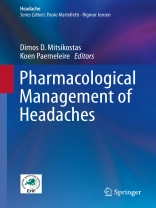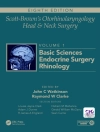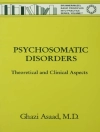In this book, headache experts summarize all the currently available therapies for primary headaches and most importantly, describe the ‘tricks’ that can ensure the success of headache pharmacotherapy. Prevention and acute treatment of migraine and cluster headache receive particular attention and individual chapters are devoted to the treatment of primary headaches in special groups, i.e. children, pregnant women and the elderly. Further chapters focus on selected secondary headache disorders and cranial neuralgias for which pharmacotherapy is available. The book is designed to meet the daily practice needs of general physicians, general neurologists, neurologists in training and medical students. Headache remains a leading reason for people to seek medical consultation, and migraine and other primary headache disorders are classified by the WHO as among the most disabling medical conditions in the general population, often affecting individuals during their most productive years. Unfortunately, under treatment and mismanagement are the fate of many headache patients and this book provides a sound basis for optimizing treatment.
表中的内容
1 Headache classification.- 2 Epidemiology of headache disorders.- 3 General principles of pharmacotherapy for headache disorders.- 4 Placebo and nocebo effects.- 5 Review of existing guidelines.- 6 Acute migraine treatment.- 7 Preventive (episodic) migraine treatment.- 8 Drug treatment for chronic migraine.- 9 Drug treatment for episodic and chronic tension-type headache (TTH).- 10 Cluster headache: acute and transitional treatment.- 11 Cluster headache: preventive treatment.- 12 Pharmacotherapy for other primary headache disorders.- 13 Pharmacotherapy for primary headache disorders in children.- 14 Pharmacological strategies in the prevention of migraine in children.- 15 Pharmacotherapy for primary headache disorders during pregnancy and lactation.- 16 Pharmacotherapy for primary headache disorders in the elderly.- 17 Acute and chronic posttraumatic headache.- 18 Headache attributed to low and increased CSF pressure.- 19 Medication-overuseheadache.- 20 Painful cranial neuropathies.- 21 Dental and Musculoskeletal Pain.- 22 Post-traumatic neuropathies and Burning mouth syndrome.












